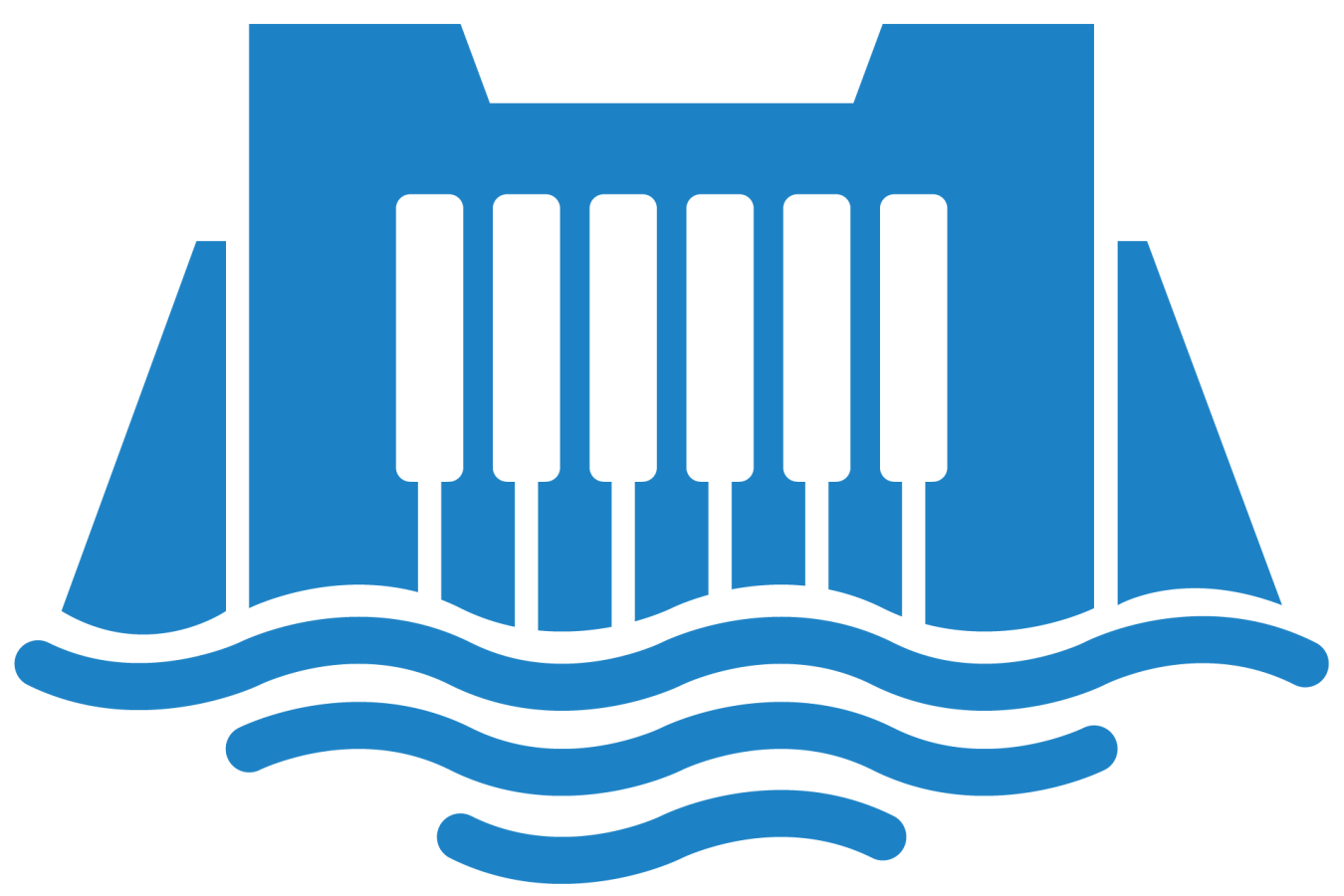The research team behind the HydroPASSAGE project worked directly with users to enhance the utility of two toolsets and ensure the adoption of tools to support environmental and operational decision making.
Water Power Technologies Office
March 9, 2022HYDROPOWER PROGRAM
Environmental and Hydrologic Systems Science
Project Name: HydroPASSAGE
Project Team: Pacific Northwest National Laboratory (lead) and Oak Ridge National Laboratory
Lead Recipient Location: Richland, Washington

In Fiscal Year 2021, the HydroPASSAGE project team from Pacific Northwest National Laboratory (PNNL) and Oak Ridge National Laboratory (ORNL) expanded the use of two toolsets—the Biological Performance Assessment (BioPA) toolset and Hydropower Biological Evaluation Toolset (HBET)—developed to advance hydropower facility design to benefit both fish survival and hydropower operations.
The HydroPASSAGE team produced materials and conducted outreach activities—including best practices documents, instructional videos, and customized workshops—to engage with hydropower facility owners, turbine manufacturers, resource agencies, and other stakeholders that can use the information and toolsets to increase fish survival through turbines and past dams.
The BioPA toolset uses computational models to evaluate the relative impact that passage through a given hydropower turbine can have on a species of fish. This allows users to provide the specifics of a given turbine system and calculate a numerical score of its potential rate of fish injury and mortality. HBET provides similar information, but its findings are based on data collected by field-based sensors that are sent through hydropower facilities to determine the potential injury or mortality of a given species of fish.
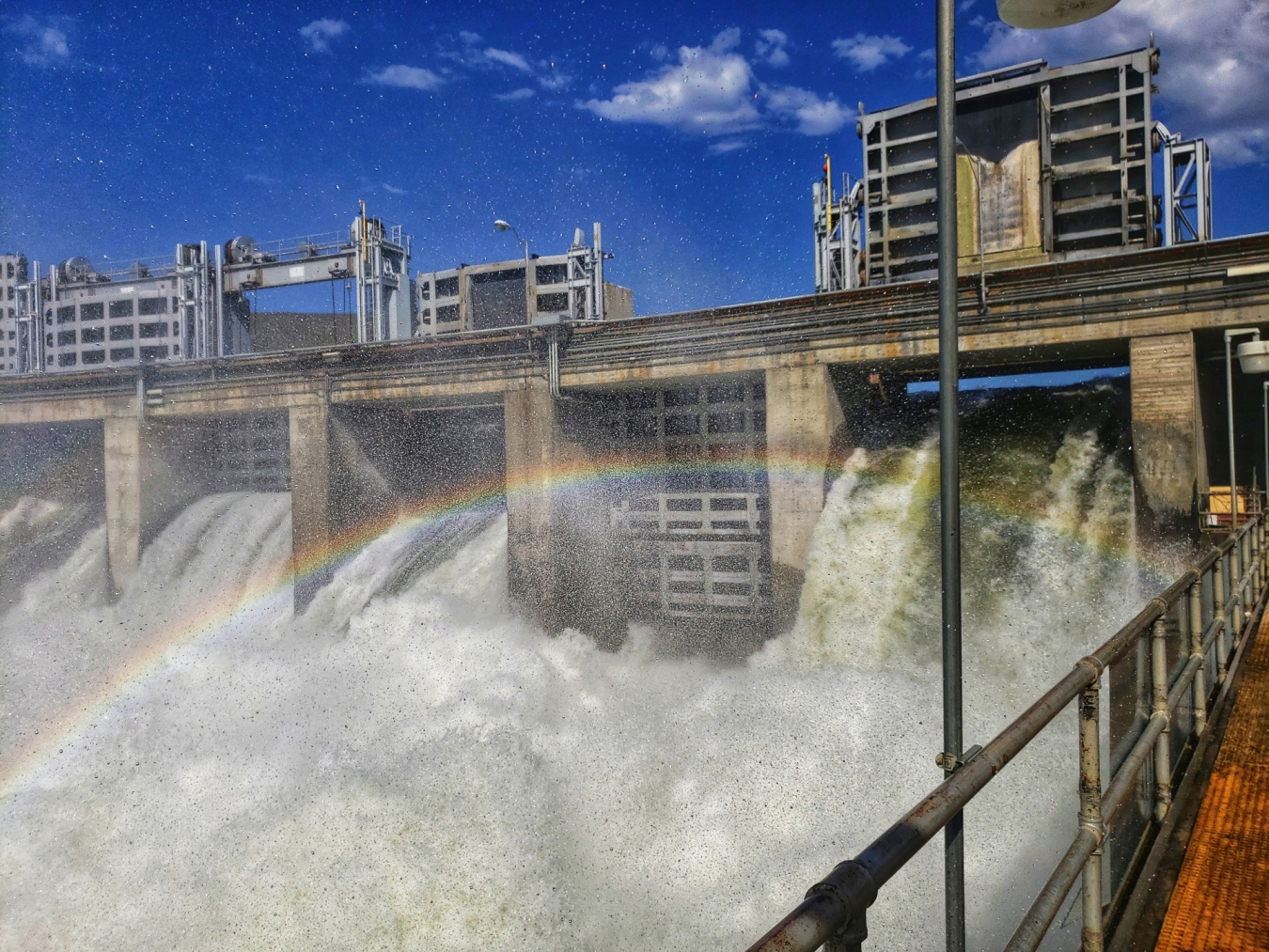
A new tool can help hydropower developers and operators assess how to protect fish and their bottom line, too. Photo courtesy of Karl Specht, U.S. Department of Energy’s Make a Splash Photo Contest
The HydroPASSAGE team held 20 customized workshops for current and potential users of the tools, quadrupling its goal of five workshops. The team took its work to the international stage, speaking with representatives from not only the United States, but also from Europe, Australia, South America, and Asia. This effort focused on increasing the number of tool users and resulted in a doubling of executed licenses.
Biological response data gathered by PNNL and ORNL researchers and others was integrated into the BioPA toolset and HBET for more than 20 species of fish including adult American eel, juvenile Chinook salmon and juvenile American shad. A comprehensive technical report published in February 2021 summarized information on how these species respond to the physical conditions found within hydropower turbines.
As the HydroPASSAGE project concludes, these resources will remain publicly available to the hydropower community to support their decision making around the design and operation of hydropower facilities by clarifying design requirements, constraints, and methods to evaluate and improve fish passage.
Hydropower Projects
-
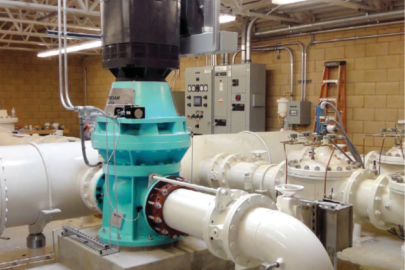 An Oak Ridge National Laboratory report found opportunities to develop hydropower on conduits in every state, totaling 1.41 gigawatts of new generating potential.
An Oak Ridge National Laboratory report found opportunities to develop hydropower on conduits in every state, totaling 1.41 gigawatts of new generating potential. -
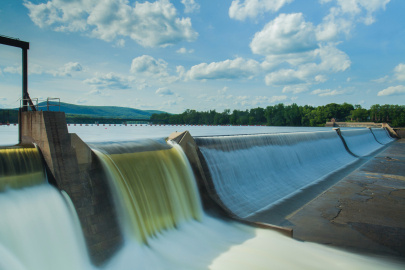 A General Electric Research-led team demonstrated a new hydropower turbine design and monitoring methodology that allows plant operators to adjust power output in a few seconds to meet energy demand without needing to start or stop units.
A General Electric Research-led team demonstrated a new hydropower turbine design and monitoring methodology that allows plant operators to adjust power output in a few seconds to meet energy demand without needing to start or stop units. -
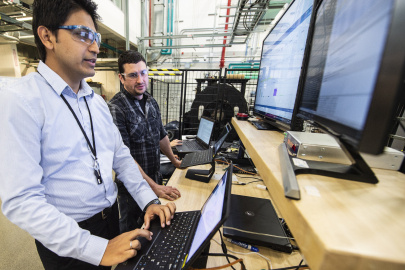 The Cybersecurity Value-at-Risk Framework tool enables hydropower owners and operators to understand their individual plant’s cybersecurity risk and the best approach to mitigate those risks.
The Cybersecurity Value-at-Risk Framework tool enables hydropower owners and operators to understand their individual plant’s cybersecurity risk and the best approach to mitigate those risks. -
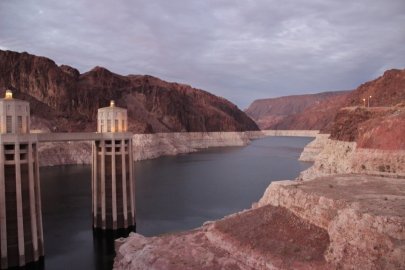 A Pacific Northwest National Laboratory study found hydropower could still be relied upon to supply flexible power during periods of high energy demand—even during the most severe droughts.
A Pacific Northwest National Laboratory study found hydropower could still be relied upon to supply flexible power during periods of high energy demand—even during the most severe droughts.
WPTO's Hydropower e-newsletter features news on R&D and applied science to advance sustainable hydropower and pumped-storage technologies.
The WPTO e-newsletter brings funding opportunities, events, publications, hydropower, and marine energy updates directly to your inbox.


